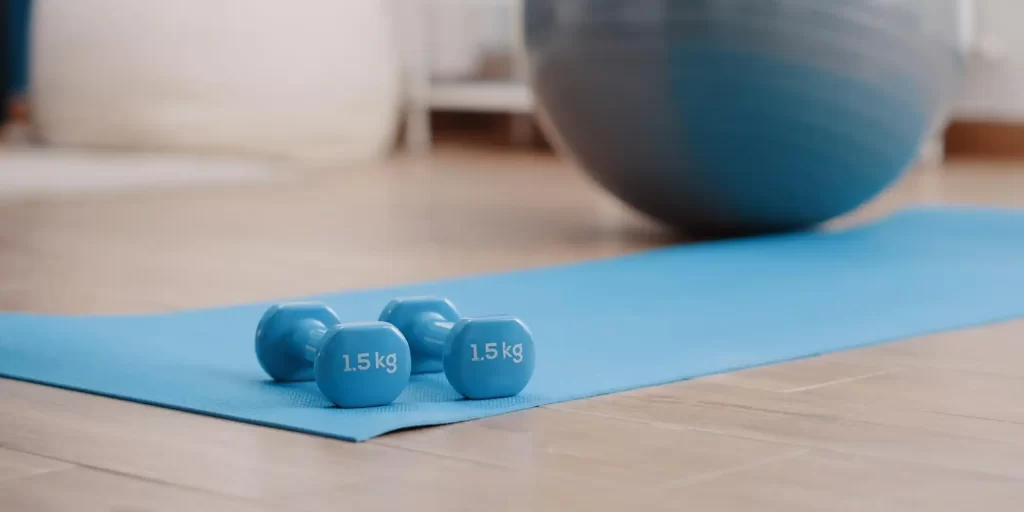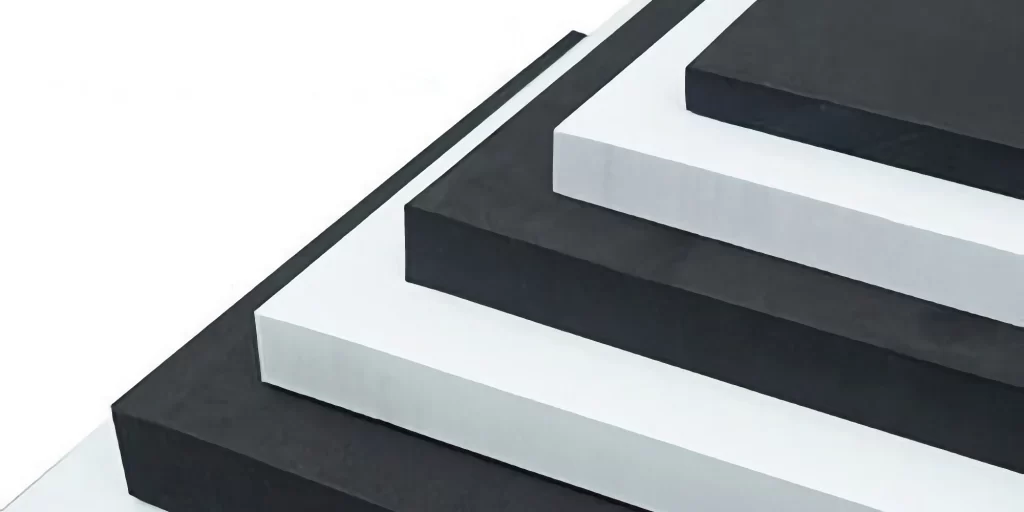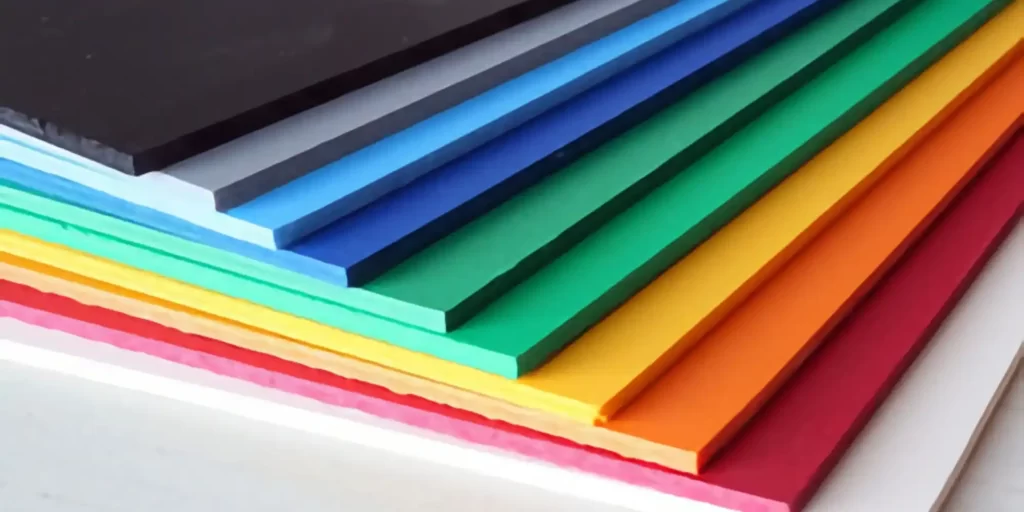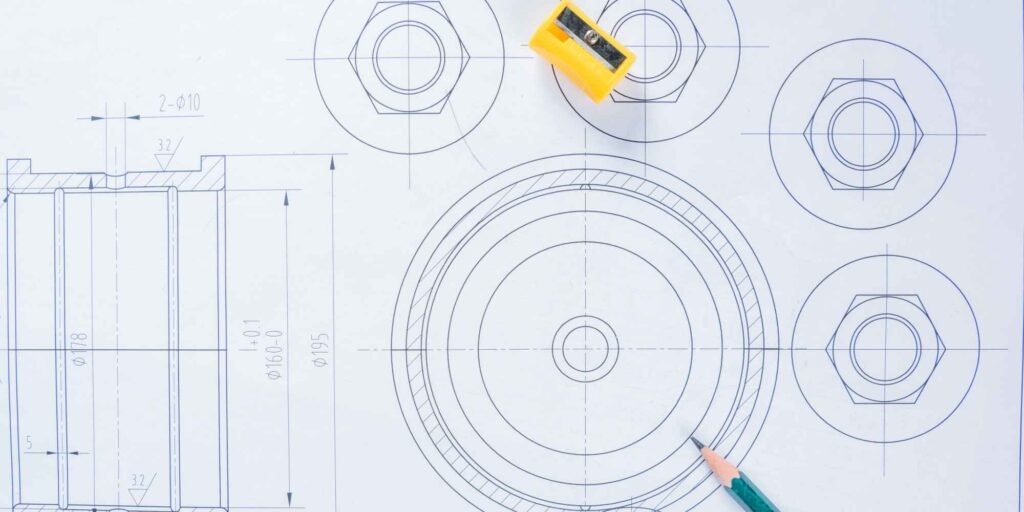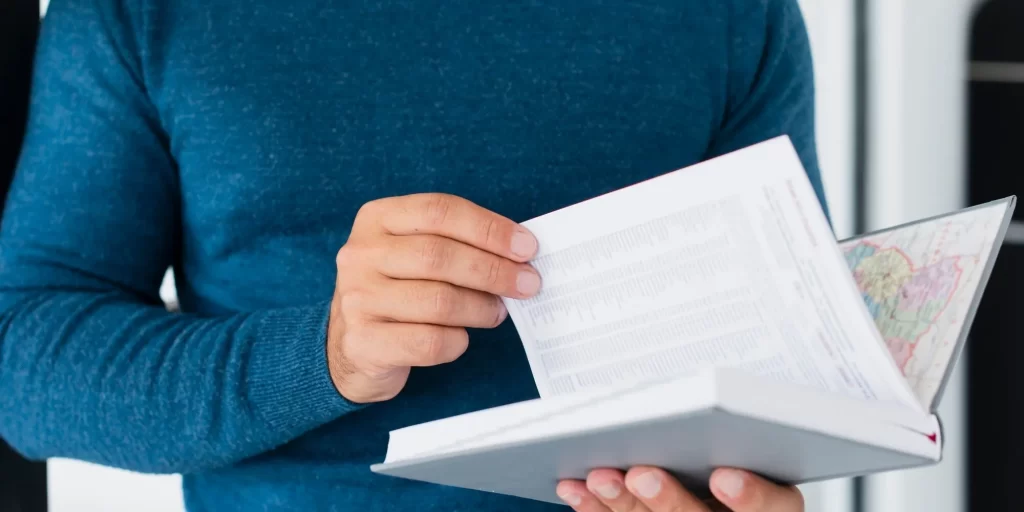In the realms of fitness and physiotherapy, the quality of equipment plays a crucial role in ensuring effective workouts and rehabilitation sessions. Ethylene-Vinyl Acetate (EVA) foam has become a game-changer in this sector, particularly in the manufacturing of exercise mats and physiotherapy equipment. Known for its cushioning, durability, and versatility, EVA foam enhances the safety and effectiveness of fitness and rehabilitation practices. This article delves into the benefits of EVA foam in these applications and addresses frequently asked questions about its role in exercise and physiotherapy equipment.
The Benefits of EVA Foam in Exercise Mats and Physiotherapy Equipment
EVA foam brings several key advantages to exercise mats and physiotherapy equipment:
1. Optimal Cushioning and Comfort:
EVA foam provides excellent shock absorption, reducing the impact on joints and muscles during exercise and rehabilitation activities, which is essential for comfort and injury prevention.
2. Durability and Resilience:
Its resistance to wear and tear ensures that exercise mats and equipment retain their shape and functionality over time, even with rigorous use.
3. Non-Slip Surface:
EVA foam offers a non-slip surface, providing stability and safety during workouts and physiotherapy sessions.
4. Lightweight and Portable:
Being incredibly lightweight, EVA foam products are easy to transport and store, making them ideal for both gym and home use.
5. Hygienic and Easy to Clean:
Its moisture-resistant properties prevent sweat absorption, and the material is easy to clean, maintaining hygiene in shared or personal use.
6. Versatility in Application:
EVA foam can be used in a variety of physiotherapy and exercise equipment, from mats to balance pads and rollers.
Applications of EVA Foam in Exercise and Physiotherapy
Exercise Mats:
EVA foam exercise mats are popular in yoga, Pilates, and general fitness, providing a comfortable and safe surface for various exercises.
Balance Pads and Beams:
In physiotherapy, EVA foam balance pads and beams are used for stability and coordination training, aiding in injury recovery and prevention.
Foam Rollers:
EVA foam rollers are essential tools for muscle relaxation and deep tissue massage, helping in muscle recovery and flexibility.
Rehabilitation Mats:
For rehabilitation exercises, EVA foam mats offer a safe and cushioned surface, suitable for a range of therapeutic activities.
Enhancing Fitness and Rehabilitation with EVA Foam
The integration of EVA foam into exercise and physiotherapy equipment represents a significant advancement in promoting safety, comfort, and effectiveness in fitness and rehabilitation practices.
FAQs About EVA Foam in Exercise and Physiotherapy Equipment
Q: How does EVA foam improve the safety of exercise mats?
A: EVA foam’s non-slip surface and optimal cushioning enhance the safety of exercise mats, reducing the risk of slips and providing joint support.
Q: Are EVA foam products suitable for all fitness levels?
A: Yes, EVA foam products cater to all fitness levels, from beginners to advanced athletes, and are versatile for various types of exercises and therapies.
Q: Can EVA foam equipment be used for outdoor activities?
A: EVA foam is durable and moisture-resistant, making it suitable for both indoor and outdoor activities.
Q: How do you maintain and clean EVA foam exercise and physiotherapy equipment?
A: EVA foam products can be easily cleaned with a damp cloth and mild detergent, ensuring they remain hygienic for repeated use.
Q: Is EVA foam environmentally friendly?
A: The environmental impact of EVA foam depends on the manufacturing process. However, efforts are being made to improve the sustainability of EVA foam production.
In conclusion, EVA foam has become an indispensable material in the manufacturing of exercise mats and physiotherapy equipment, providing enhanced comfort, safety, and durability. Its combination of shock absorption, non-slip surface, and lightweight design makes it an ideal choice for fitness and rehabilitation products. As the focus on effective and safe physical training continues to grow, EVA foam-enhanced equipment is set to remain a popular choice in the fitness and healthcare industries, offering effective solutions for a wide range of exercise and therapeutic needs.
